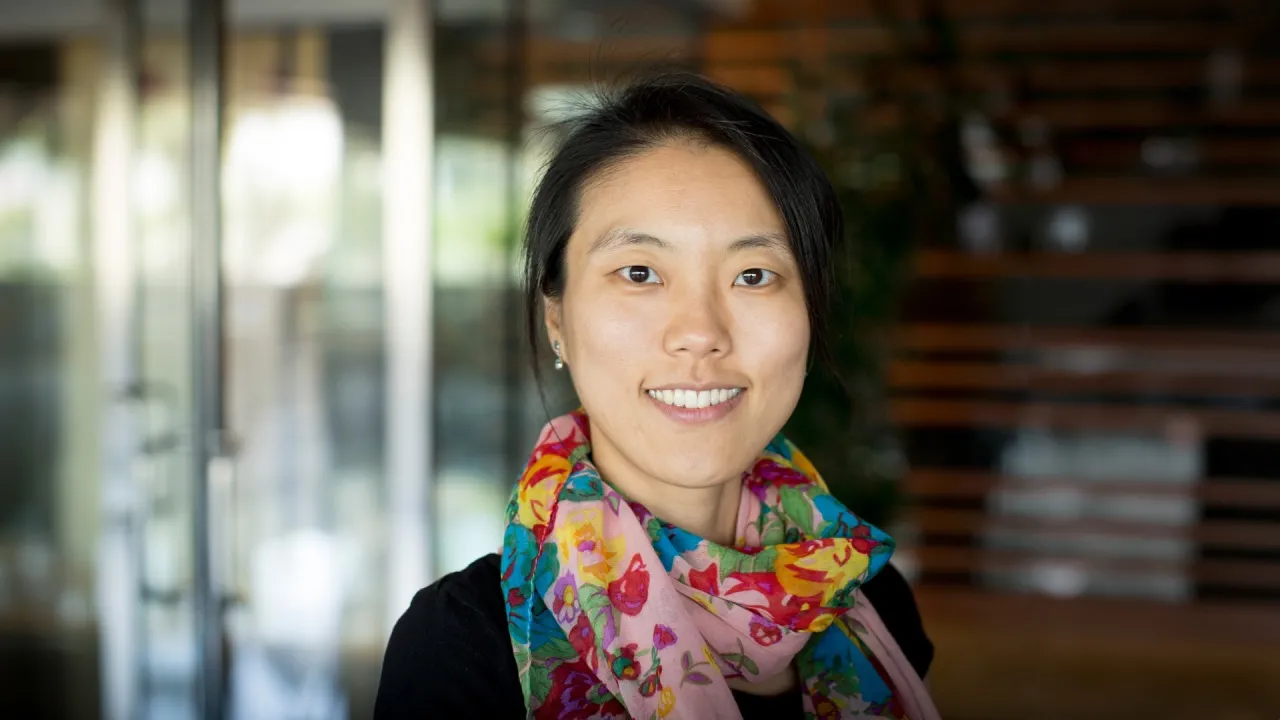
Using Statistical Models to Solve Environmental Problems
Joining the faculty of King Abdullah University of Science and Technology (KAUST) six years ago gave statistics Professor Ying Sun a unique career opportunity: the chance to build and lead her own research group solving real-world problems.
About
Joining the faculty of King Abdullah University of Science and Technology (KAUST) six years ago gave statistics Professor Ying Sun a unique career opportunity: the chance to build and lead her own research group solving real-world problems. In a traditional statistics department, a professor would not typically be expected to run a research group. Ying leapt at the opportunity and moved to Thuwal, Saudi Arabia, where she joined KAUST’s Division of Computer, Electrical and Mathematical Sciences and Engineering. She admits running her own group was a challenge at first, but she quickly found her footing. “Now, when I look back, I feel I have matured academically faster because I had this opportunity and also the resources of KAUST,” she says.
Ying decided to name her group the Environmental Statistics Research Group because she wanted to focus on the applications of statistical modelling and link her group to one of KAUST’s four research pillars: food, water, energy, and the environment. Ying works on spatio-temporal statistics and functional data analysis, meaning she develops methods and models for analyzing large and complex datasets collected as time series from different locations.
Currently, Ying is focused on modelling data related to air pollution and renewable energy, two major global environmental issues. Thanks to her position at KAUST, she has been able to expand her skill set and get involved in collecting data on environmental issues. “As a statistician before, I only analyzed environmental data. These days, I also go out to collect it, so it’s much more challenging. There are many practical issues that I’d never thought about before.” Ying explains.
Read the full article